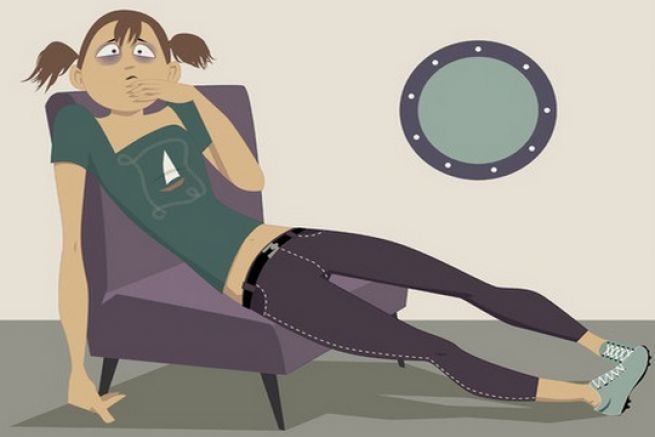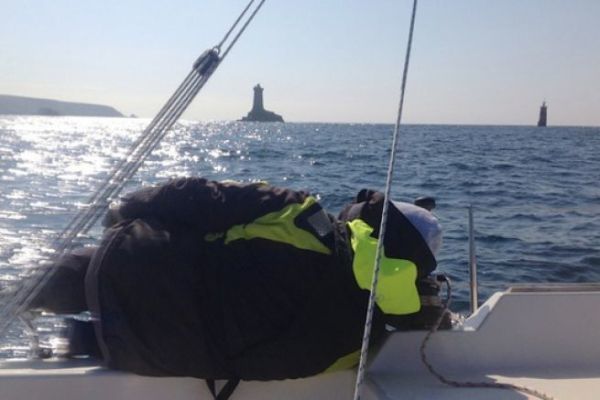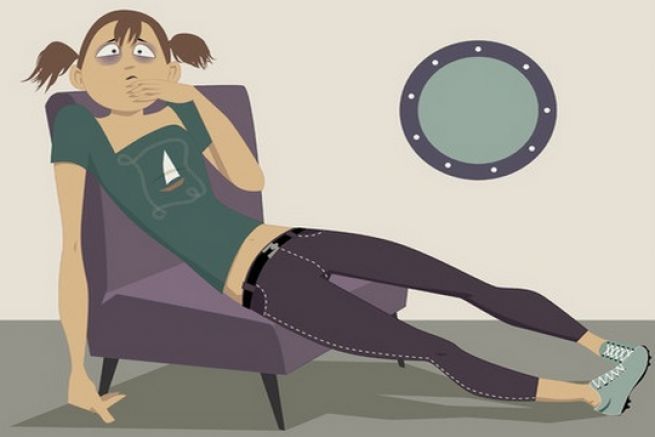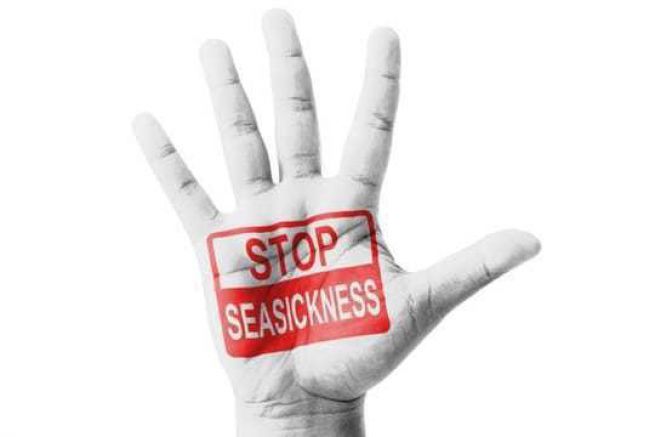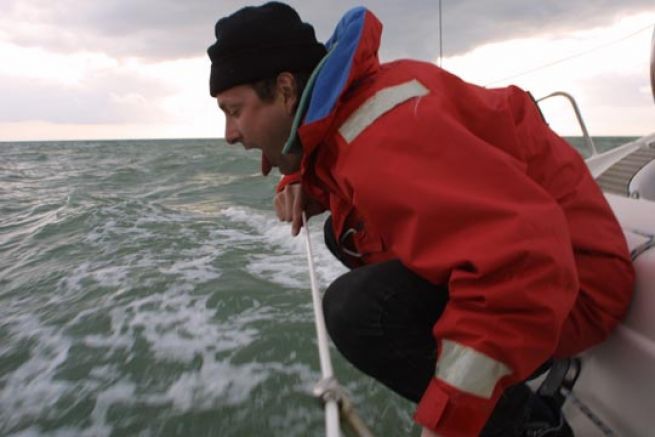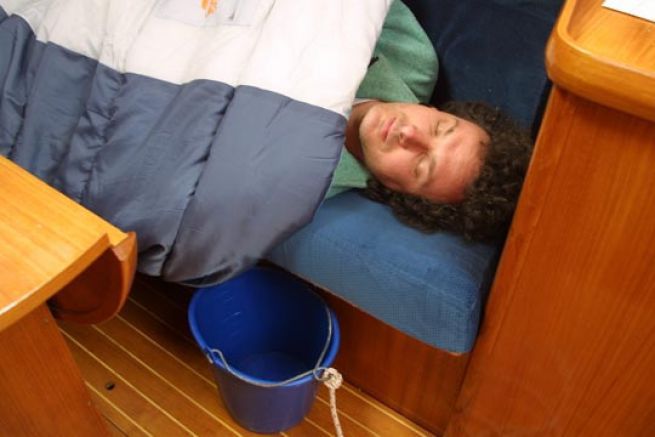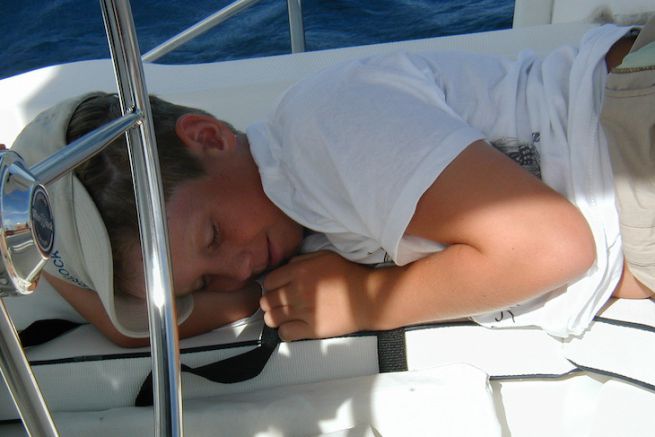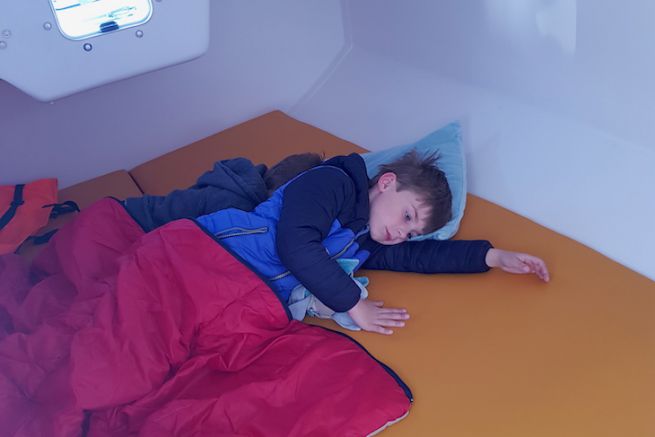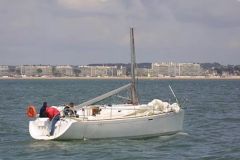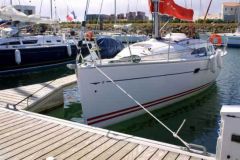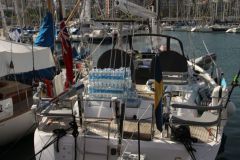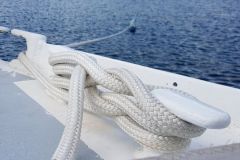Definition of the need
Seasickness or naupathy is a form of kinetosis (motion sickness) due to a dysfunction of the inner ear. It affects a person on a boat. At sea, the pendulum created by the movement of water disrupts the information sent to the centre of the equilibrium, which is located within the inner ear.
As a general rule, the brain receives information from several elements of the body. The semi-circular channels located in the vestibular system of the inner ear inform the brain about the positioning of the head and thus indirectly of the body. The eyes allow us to have visual cues and to see the space around us. Proprioception (feet on the ground) allows us to see that we are stable. When these variables are not synchronized, the brain receives conflicting information because the sensors are disrupted and seasickness is felt
Memory can also play a role in naupathy. Indeed, by remembering the pendulum movement of the boat, you can trigger seasickness. An anxious person can easily rethink the fact of having been sick, which is a contributing factor.
In short, when you are on a boat, you see the contours of the boat that are not necessarily in motion, but you can see the regular movements of the boat. The brain is unbalanced between the information it receives and the information it perceives.
Who is affected by seasickness?
Anyone can suffer from seasickness, whether you are a great sailor, a professional fisherman or skipper, a Sunday sailor or just a cruise ship owner. In general, 25 to 30% of people are affected by seasickness. Moreover, seasickness is difficult to analyse since it is also associated with several conditions. Indeed, we may get seasick at some point and not get it again.
However, some populations are more sensitive to seasickness than others, such as children between the ages of 2 and 12, the elderly and women.
Seasickness is generally common during the first few days of sailing, and even during the first 48 hours. Some people get used to it and do not suffer from it in the following days, this is called docking. 95% of people manage to docking. In all cases, not everyone feels seasick in the same way and it can be aggravated in bad weather conditions.
Studies have been conducted and it appears that people who are more stable than others suffer less from seasickness. Those who control their balance more easily are less sensitive.
What are the effects of seasickness?
Seasickness often does not result in nausea, dizziness and heaviness in the limbs. Many symptoms are also related to seasickness such as chills, cold or hot, vomiting, pallor, excessive sweating, hypersalivation, apathy (state of indifference to emotion, motivation or passion), drowsiness, semi-comatose state, ringing in the ears, muscle tension, discomfort, headache or dizziness.
In some extreme cases, seasickness can trigger fainting or even irrational or violent acts for people who cannot dock. Some go so far as to want to throw themselves overboard to stop seasickness.
In any case, a crew member suffering from severe seasickness, livid, without strength, refusing to feed and hydrate and locking himself in to stop seasickness, should not be taken lightly. It is important to force him to get up, drink and eat and not let the situation get worse or continue. In these cases, it is better to return to port quickly or call for sea rescue if the person needs to be hospitalized.

 /
/ 